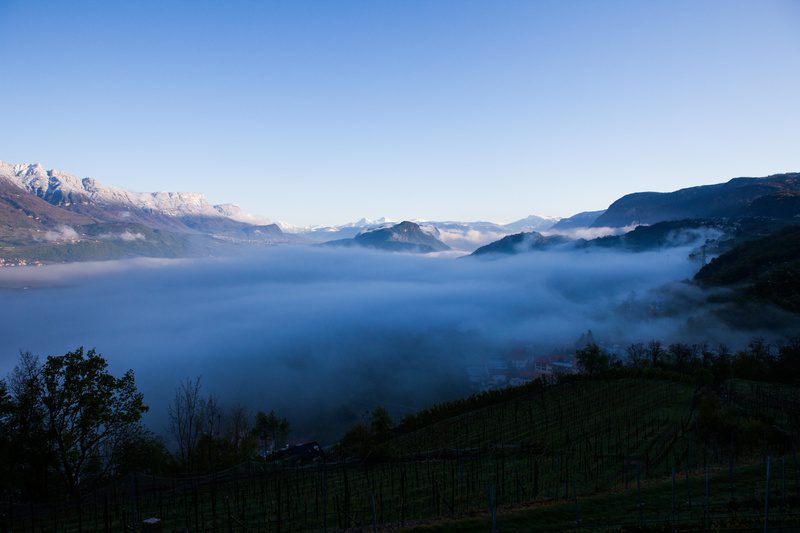

Non-fungible tokens (NFTs) have exploded in popularity in recent years, with sales reaching into the millions of dollars for individual digital assets. But what exactly are NFTs, and why have they become so popular?
At their core, NFTs are unique digital assets that can be bought and sold like traditional collectibles, such as baseball cards or rare stamps. But unlike physical collectibles, NFTs exist solely in the digital realm, and are verified using blockchain technology to ensure their authenticity and ownership.
One of the key drivers of the NFT boom has been the rise of blockchain technology itself. Blockchain provides a secure and transparent way to track ownership of digital assets, which has made it an ideal platform for NFTs. Additionally, the global pandemic has increased the amount of time people are spending online, leading to a greater demand for digital goods and services.
Another factor in the popularity of NFTs is their ability to provide creators with a new way to monetize their work. Artists, musicians, and other creators can create NFTs of their work, allowing them to sell unique, one-of-a-kind digital assets to collectors. This has led to some high-profile sales, such as the recent $69 million sale of a digital artwork by the artist Beeple.
Of course, the rise of NFTs hasn’t been without controversy. Some critics have argued that the high prices paid for NFTs are simply a speculative bubble, and that the underlying assets have little real value. Others have raised concerns about the environmental impact of NFTs, since the blockchain technology used to verify their authenticity requires a significant amount of energy.
Despite these concerns, however, it’s clear that NFTs are here to stay, at least for the time being. As the world becomes increasingly digital, it’s likely that we’ll see even more innovative uses for NFTs in the years to come. Whether they’re a passing fad or a lasting part of our digital landscape, it’s clear that NFTs are changing the way we think about digital ownership and value.





